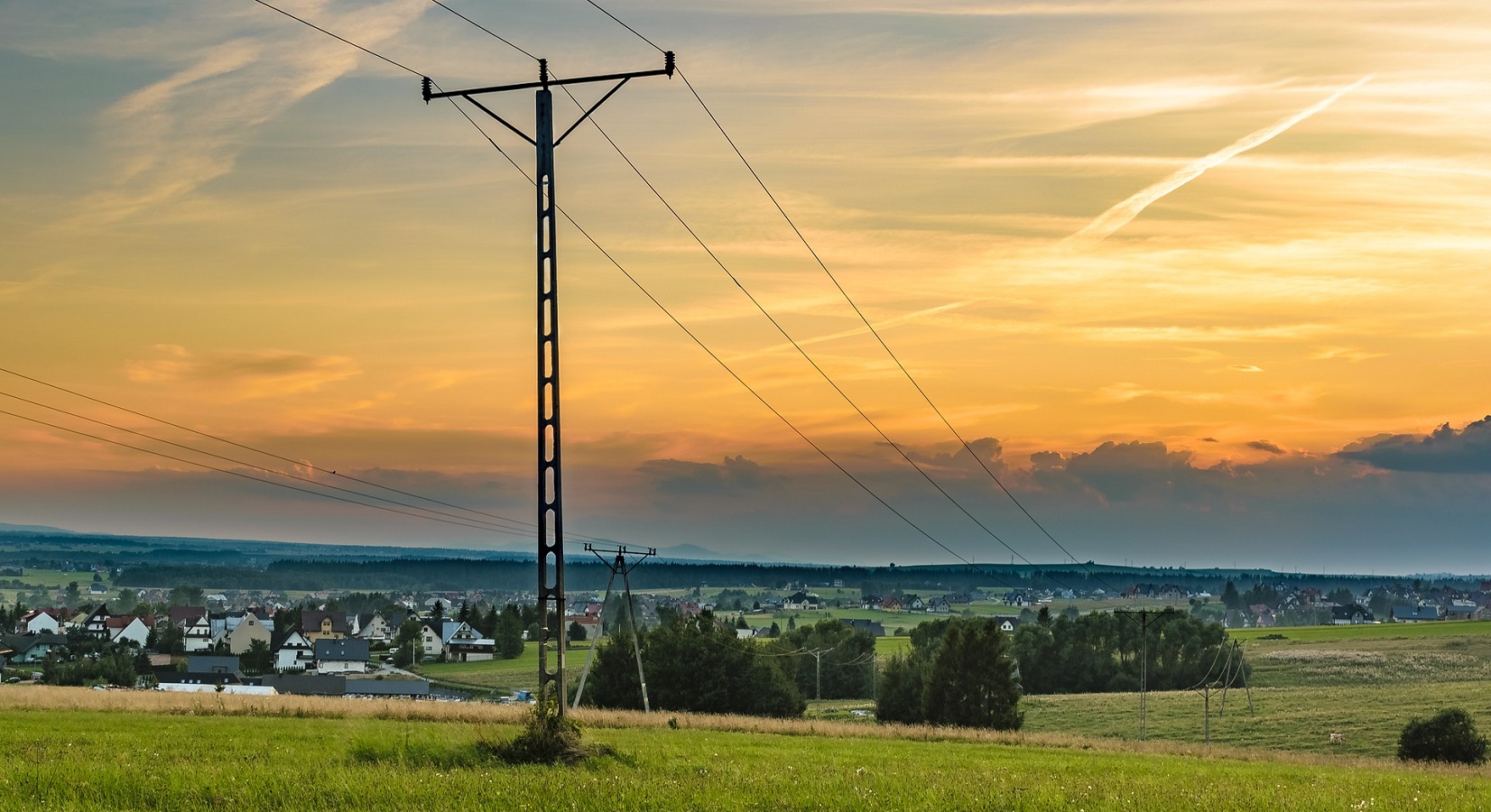For the last two weeks of March, while Poland was experiencing the difficulties created by Covid-19, electricity demand dropped by as much as 8.5 percent. This drop has effectively increased the share of renewable energy sources within the national energy mix. How will the crisis provoked by the new virus affect Poland’s energy and climate policy? Will changes in the energy market make it possible to meet the EU’s 2020 renewable energy targets on the home straight? Agata Skrzypczyk takes a look behind the scenes.
The world has been plunged into chaos, and the main priority now is unquestionably to stop the spread of the virus. However, much of the action it requires is like a 100-metre sprint, while climate protection is a marathon. Both disciplines need to be run at the same time.
Some of the arguably positive impact of the coronavirus on the energy market is more a matter of chance, rather than a result of a consistently applied climate policy. While we cannot yet say how the current crisis will affect the Polish economy in the long run, some mechanisms such as the slowing growth in domestic GDP (Bank Pekao estimates that it may fall by as much as 4.4% in 2020) are already being felt on the energy market. The demand for electricity is falling, and so too, therefore, are prices. The share of renewable energy sources in domestic energy production is rising, which is also temporarily reducing greenhouse gas emissions.
One of the EU’s 2020 climate goals for Poland is to increase the share of renewable energy sources in total consumption to 15 percent, with total consumption including the electricity, heating and transport sectors. The changes that the virus has brought to Poland’s electricity system may help reduce emissions; however, are these mechanisms sufficient to meet the EU’s climate targets for 2020? At present, it is hard to say for certain.
According to information from the European Statistical Office, the share of renewable energy in total energy consumption in 2018 was 11.3 percent. According to the latest analyses, the share of renewable energy in domestic electricity production in 2019 amounted to 15.3 percent – the highest in the country’s history. However, the same analyses indicate that the growth trajectory of renewable energy production is not enough to achieve the goal, which covers renewable energy consumption not only in electricity, but also in transport and heating sectors.
In the last few weeks, however, the market has tilted towards green energy sources. This results from the fall in demand for electricity. Compared to the beginning of March, up to 8.5% less electricity is being consumed. In such circumstances, Polish electricity market regulations give priority to sources with lower variable costs, i.e. renewable energy sources. Therefore, the first to be driven out of the market are the more expensive fossil sources, in favour of, for example, wind or solar power.
“The lower demand for electricity translates into a greater share of renewable energy sources in the market, as well as a reduction in carbon dioxide emissions. We can therefore say that the crisis caused by the coronavirus pandemic is bringing us closer to achieving the EU goals,” says Joanna Maćkowiak-Pandera, president of Forum Energii. “Just a few months ago it looked like we would not achieve our climate objectives, but now it might be easier.”
Will this situation last long enough to change the face of the Polish energy sector? The reduced electricity demand will undoubtedly hurt conventional power plants and Polish coal mines, which were previously hovering on or below profitability thresholds. A few days ago, in connection with the coronavirus, NSZZ “Solidarność” requested that the European Commission suspend charges for CO2 emissions, which, according to NSZZ spokesman Marek Lewandowski, are overburdening coal-fired power generation.
Essentially, the direction the energy transformation takes in Poland after the pandemic will depend on the strategy for overcoming the growing economic problems. “I think a crisis like this favours sticking to old solutions in the energy sector. It is already being argued that we need a solid, stable energy supply, which may translate into continuing to support the conventional economy,” says Bartłomiej Kozek of UNEP/GRID-Warsaw Centre. “In turn, the fall in emissions could quickly be cancelled out if the strategy for exiting the anticipated recession is to stimulate non-sustainable demand or to provide aid packages to the more polluting industries.
It is not known whether the March trend in Poland’s energy sector will last long enough to translate over the year into meeting the 2020 targets. In a piece for the Financial Times, writer Yuval Noah Harari predicts that the decisions taken over the next few weeks will drive the economy and politics for the coming years. Regardless of whether the coronavirus will affect Poland’s compliance with EU obligations, the need for a just energy transformation cannot be forgotten. Politicians must also remember the newly adopted EU climate goals for 2050. Whatever direction the Polish economy and energy sector take, it is worth steering them towards climate neutrality without further delay.

Ms. Skrzypczyk’s name needs an IPA pronunciation guide.
Mr James, I fully agree, as it would make my life a whole lot easier.